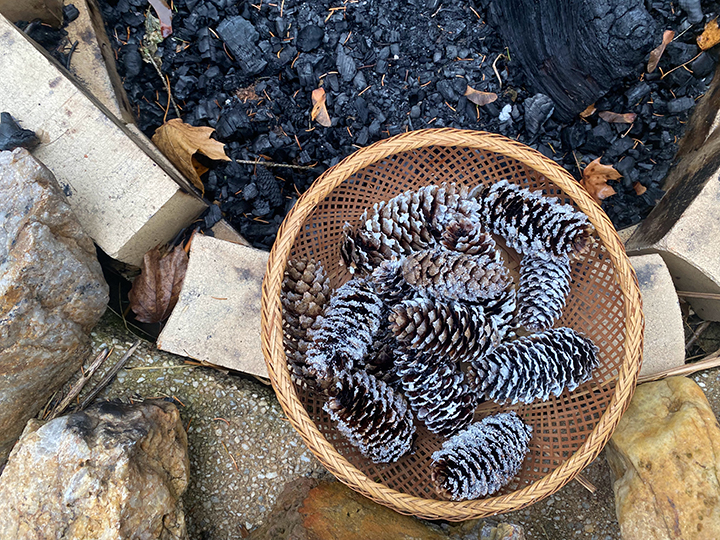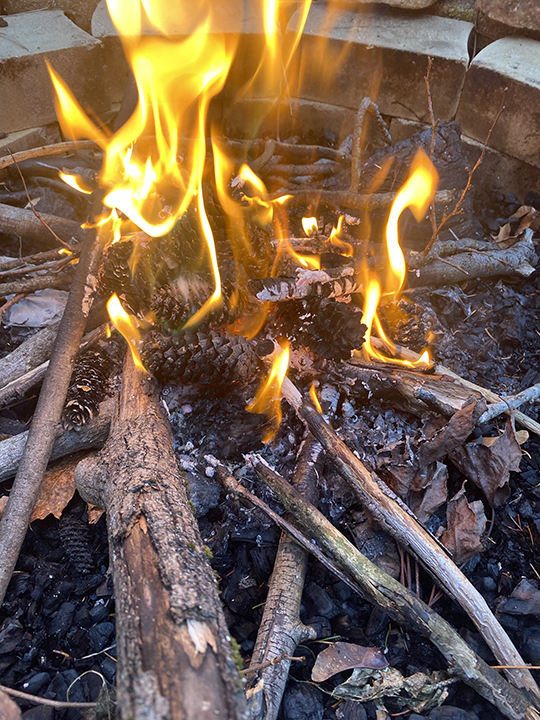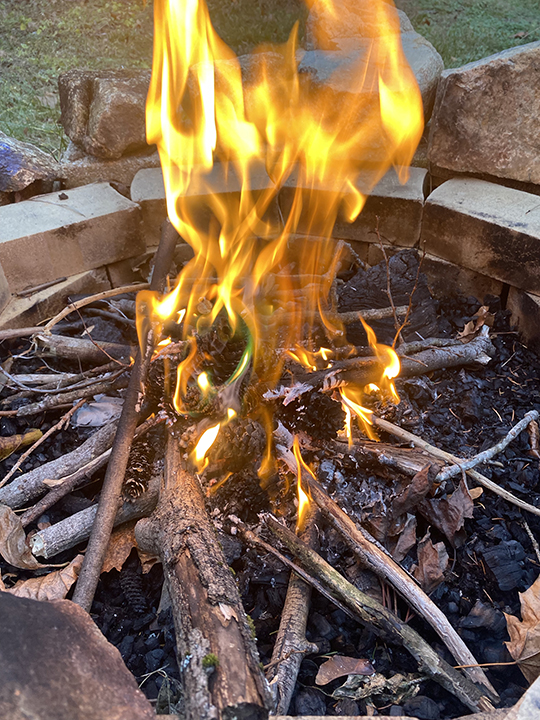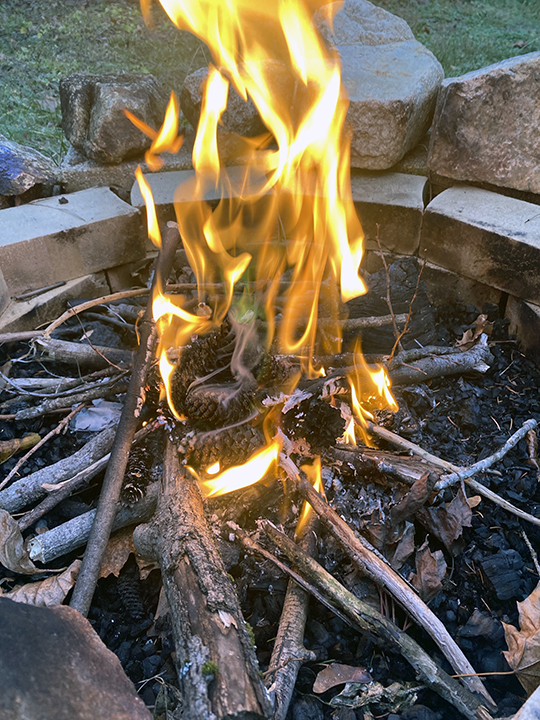
The Northern Lights or aurora borealis, is a natural phenomenon caused by energized particles from the sun hitting the Earth’s upper atmosphere. The earth’s magnetic field directs these particles towards the poles which is wy they are more visible there. The result of this atmospheric bombardment is beautiful colored lights dancing in the sky that have inspired human observers for a millenia. The famous Italian astronomer Galileo gave the lights their name in 1619, but the earliest known record of the phenomena is a 30,000 year old cave painting in France. Galileo named the light for the Greek goddesses of the of dawn, Aurora, and the north wind, Boreas. They feature in folktales and myths from around the world. The Inuit people believe they are spirits, while the Vikings attributed the aurora to light reflecting off the Valkyrie’s armor. There is a Finnish folktale that describes a fox making the Northern Lights by running in the snow so that its tail swept sparks into the sky. The Finnish word for the aurora translates to “fox fires.”
The different colors of the northern lights are dictated by the chemical composition of Earth’s atmosphere. Red is produced by nitrogen molecules while green is produced by oxygen molecules. These beautiful colors have captured our imagination! Another colorful project we often enjoy this time of year are those little packets you can thow in a fire to get different colored flames. I came across an aside in an article explaining that those colors are also produced by interaction with different chemicals and the aurora borealis pinecones immediately popped into my head! I tested a number of easily accessible household chemicals, but only two were worth the effort in my opinion. The effect is not nearly as dramatic as the store bought packets, but now that I have started experimenting I will try and refine my process a little more.



Aurora Borealis Pinecones for the Fire
Boric acid produces greenish flames and borax produces a purplish red. (I also tested epsom salts and potassium chloride which weren’t worth the effort imo, although the epsom salt frosting looked the nicest) The finished pinecones take a few days to make but are mostly hands off.
Materials:
- pinecones
- boric acid
- borax
- water and jars
- beeswax
- wax pot
- old wax melting jar or coffee can
Method:
First you will need to soak the cones in a borax/ water solution or a boric acid/ water solution. I used about a cup of powder to 4 cups of water but it was a guess, and I would try a more concentrated solution next time. Soak for a few days and then remove the pinecones and allow them to dry completely which can take several days.
Once the pinecones are completely dry, melt your beeswax in a jar or old coffee can in a pot of barely simmering water. Dip each pinecone twice and the roll in the borax or boric acid powder so that it looks like it’s frosted with snow. Allow to dry.
Place on a bonfire, a smaller flame seemed to work better than a raging fire. The colors will be subtle and closer to the logs for the most part. Watch them dance like the aurora borealis!

[…] some Aurora Borealis Pinecones on the fire for extra […]